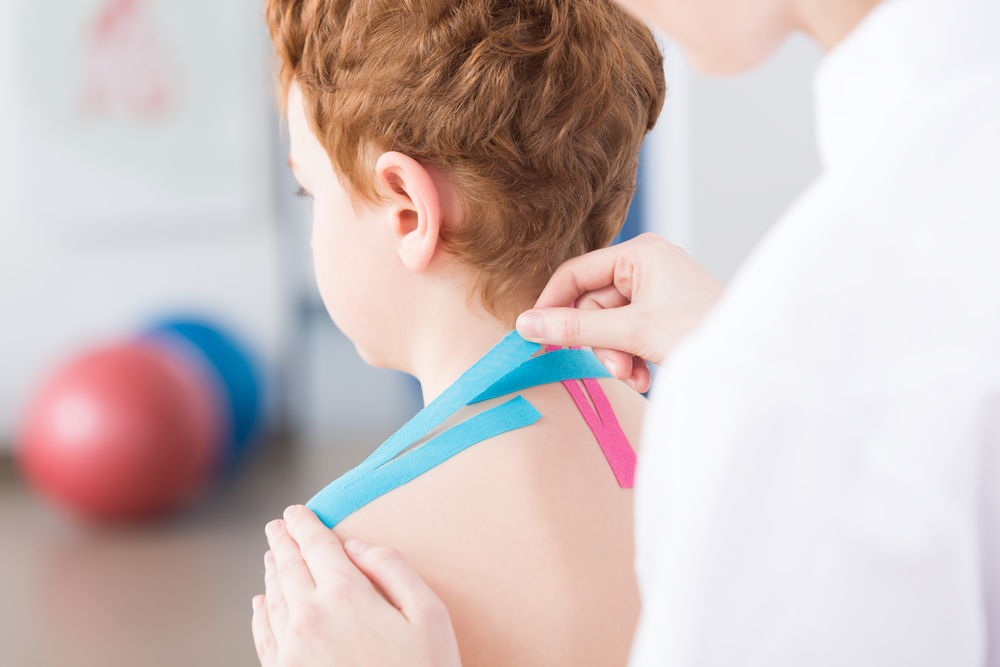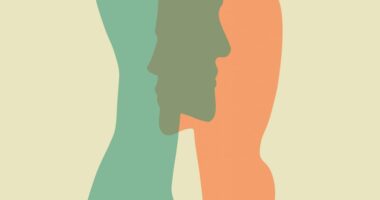Children with Cerebral Palsy Improve Sitting with Kinesio Taping

Gross motor function and excessive rounding of the spine (kyphosis) in children with cerebral palsy can be significantly improved with Kinesio taping (KT) and neuromuscular electrical stimulation (NMES), in addition to neurodevelopmental therapy (NDT), according to a study conducted by researchers in Turkey.
The findings were reported in “Training postural control and sitting in children with cerebral palsy: Kinesio taping vs. neuromuscular electrical stimulation,” and published in the journal Complementary Therapies in Clinical Practice.
Rehabilitation intervention techniques are routinely used to improve sitting ability and posture in children with cerebral palsy but no study had been done to determine the effect of KT in conjunction with NDT.
The team of researchers led by Dr. Murat Ersoz, of Ankara Physical Medicine and Rehabilitation Training and Research Hospital, analyzed the effects of KT and NMES used at the same time as NDT in 75 children with spastic diplegic cerebral palsy.
KT is an alternative therapy developed by Kenzo Kase in 1973. It has been reported to facilitate circulation, improve tissue alignment, correct muscle function, and provide positional stimuli. It is commonly used in rehabilitation settings because of its easy application, comfort, and because it does not cause movement restrictions while providing mechanical support.
For the study, researchers randomly divided the children into three groups and employed NDT to all of the children four times a week for four weeks. Children in the first group (control group) did not receive any other therapy, while children in the second group received KT, and children in the third group received NMES. The team then analyzed the sitting ability of the children using the gross motor function measure (GMFM) as well as their kyphosis levels.
The authors found that sitting ability and kyphosis improved in all children. The improvement was more prominent in both the KT and NMES groups compared to the control group. The NMES group showed the best improvement.
Researchers concluded that KT or NMES application for four weeks in addition to NDT can effectively improve sitting ability and kyphosis in children with cerebral palsy, and that NMES is more effective than KT. According to the team, future studies should focus on the combination of KT and NMES with different rehabilitation modalities in different groups of children with cerebral palsy.


